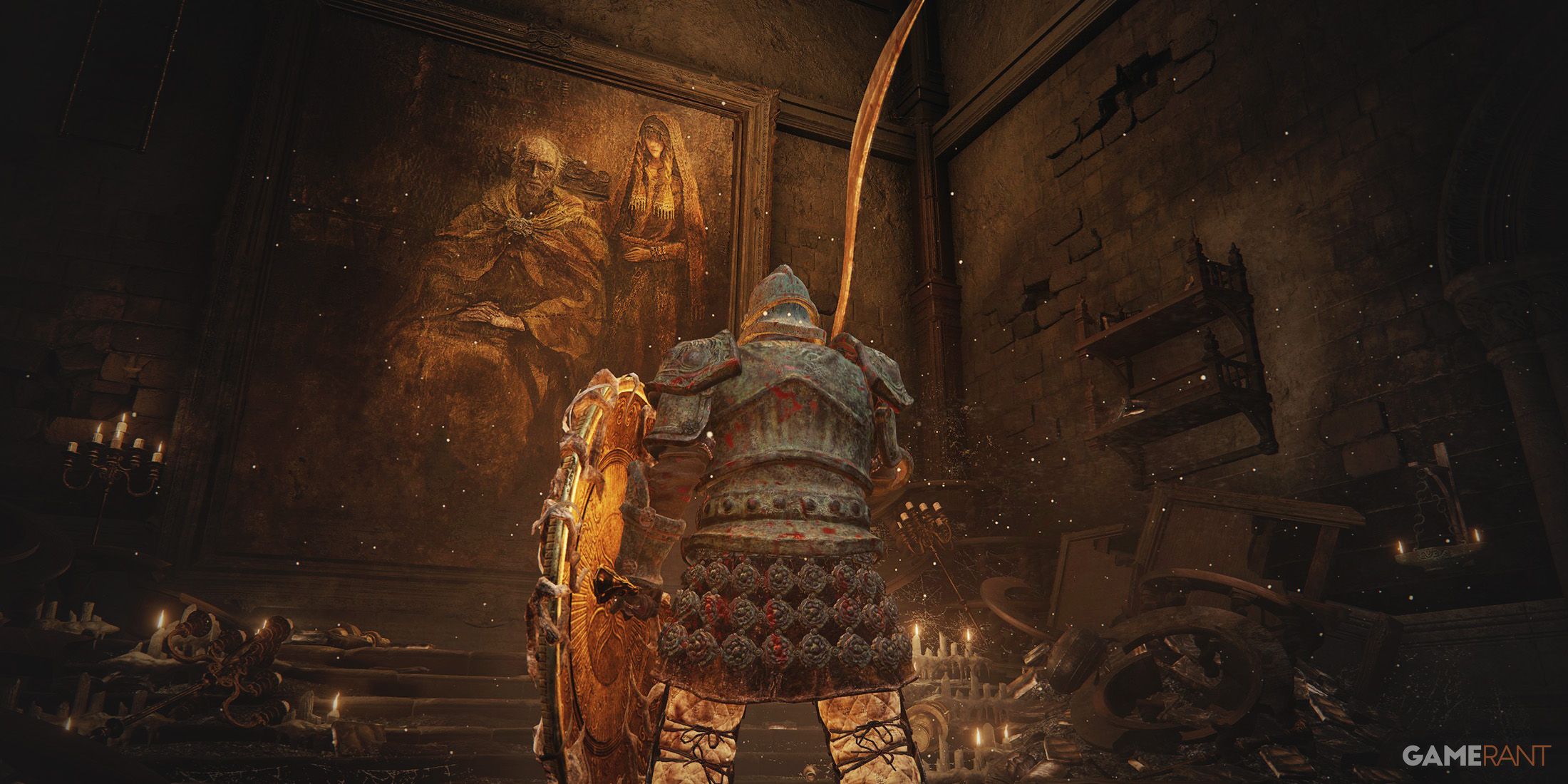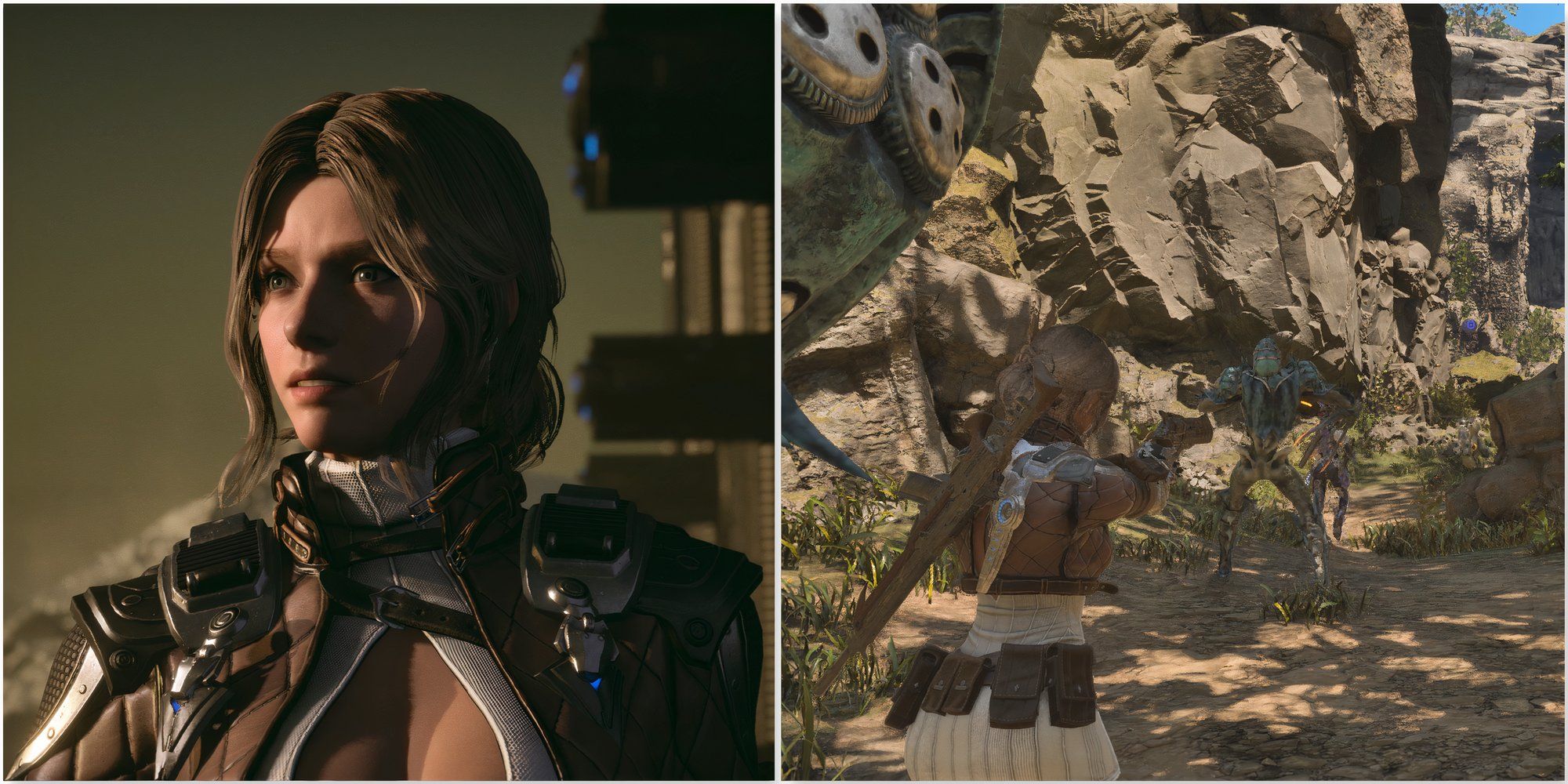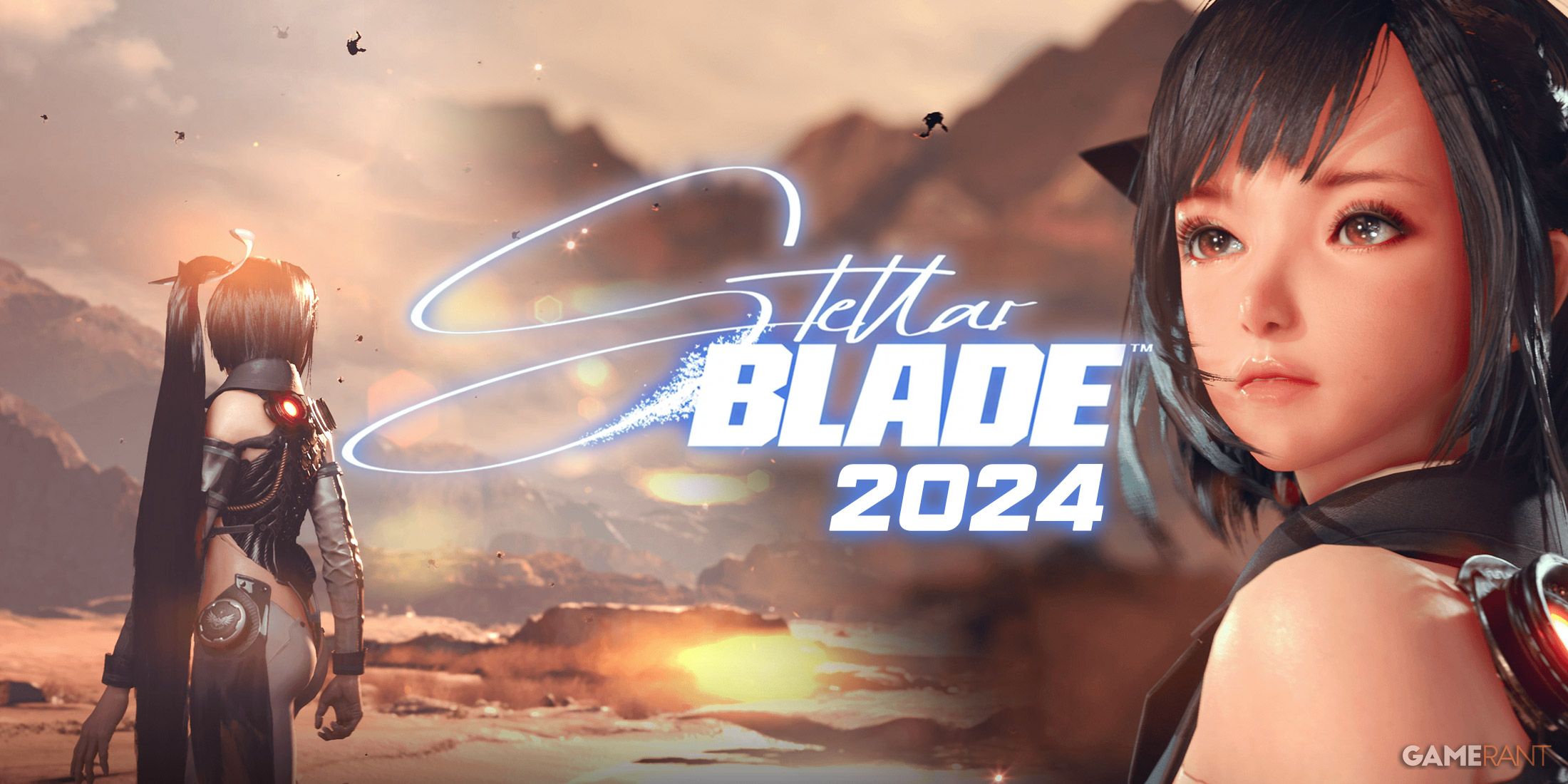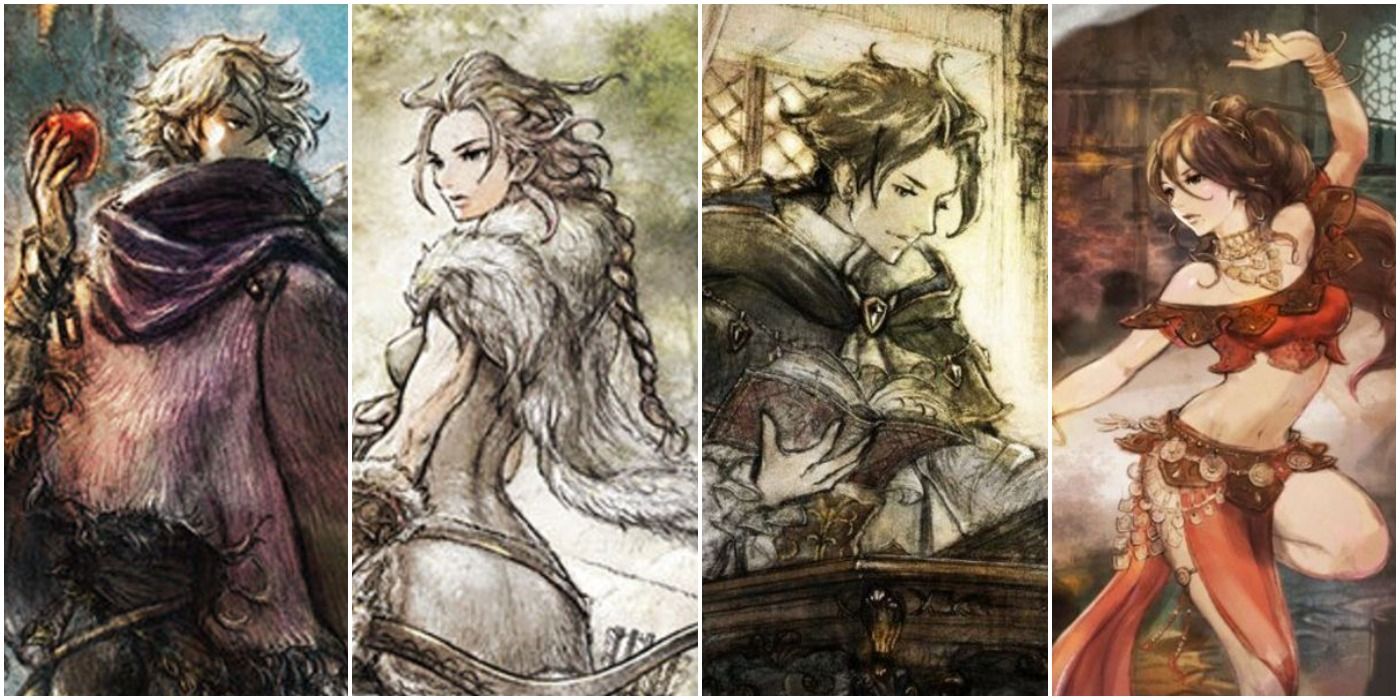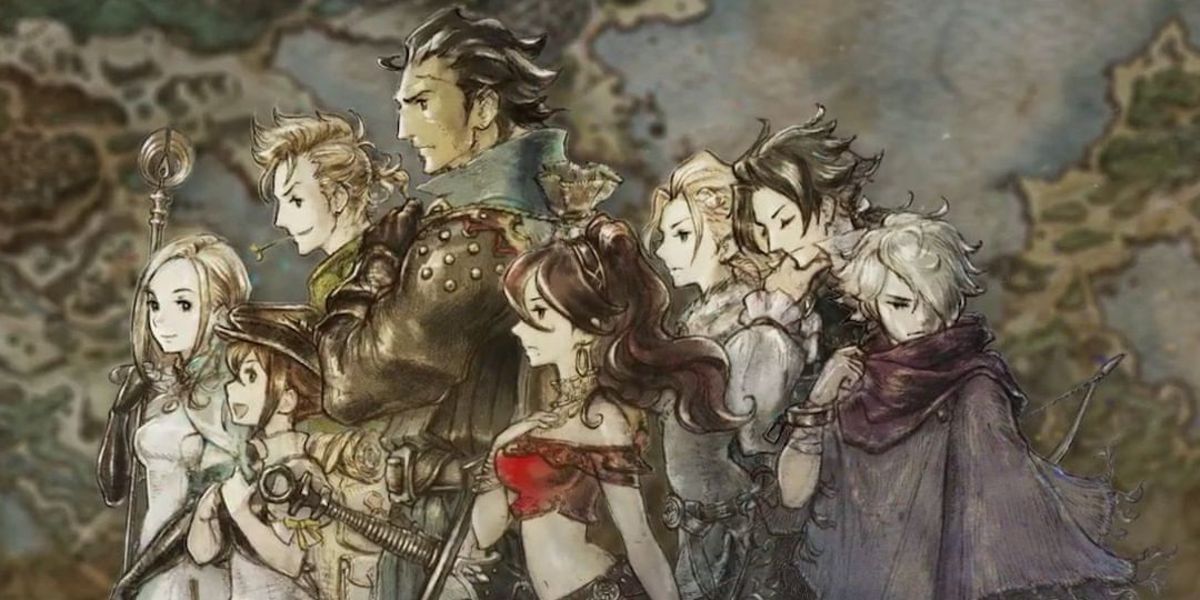After shipping over 2.5 million copies, another of Square Enix's niche JRPG hits will be coming to Xbox Game Pass this week. Following up on iconic franchises like Final Fantasy and Dragon Quest, the nostalgic charm of Octopath Traveler was a surprise hit when it was announced and released on Nintendo Switch initially. Players immediately grew fond of the games 2.5D-esque blending of pixel art and depth perspective, while the combat and JRPG progression systems enthused fans of classic JRPGs. However, once the game launched and plenty of players had time with Octopath Traveler, there was one noticeably strange downside: the overarching narrative.
Of course, the game doesn't hold secret the number of playable characters to expect in the full party: the premise of Octopath Traveler is eight heroes' fates are meant to be intertwined as a dark force reawakens after years of being sealed away by the gods. All eight of these unique characters are meant to mirror the classic jobs of the Final Fantasy series, whilst also allow for some flexibility in their respective playstyles and capabilities. However, one aspect that's unfortunately lackluster is how these heroes' fates end up becoming intertwined. While each character has their own respective sub-plot with meaningful character development, their stories aren't tied together.
Octopath Traveler: Unique and Enticing Character Development
Alfyn, Cyrus, H'aanit, Olberic, Ophilia, Primrose, Therion, and Tressa, they all have fantastic character arcs that are meant to spur them on to Octopath Traveler's main journey. Olberic fights to reclaim his honor as a legendary knight from the fallen Kingdom of Hornburg, after spending years seeking purpose for his sword arm. Primrose fights to avenge her father, as a former noble-turned-dancer-turned-assassin seeking the secret society of the Obsidians, who murdered her father. Among the other six party members in the game, each hero has their own origin story to tell. The character development is commendable, and sets up their respective quests quite well.
It's also worth noting that, along the way, the game's free-flowing and highly customizable combat system is deeply enjoyable throughout all of the game's stories. Even if the overarching narrative of Octopath Traveler doesn't entice players, the game's action-oriented turn-based battles are enticing. Mixing together influences of Bravely Default's titular risk-reward system, alongside classic Square-style turn-based combat, the battle system is rarely capable of boring players, even in moments of grinding. Paired together with a phenomenal soundtrack, art style, and worldbuilding, Octopath Traveler excels in nearly every other regard except for its disjointed narrative.
Octopath Traveler's Main Conflict Stalls its Narrative Momentum
Of course, with the praise of each character's individual sub-plot comes the major downside of how isolated these character-driven stories are compared to the "main" conflict. Octopath Traveler is indeed meant to be a callback to SNES-era JRPGs, and it certainly succeeds in every regard besides narrative. Even if Octopath Traveler still follows the tried-and-true "start from the bottom, kill god" archetype that's pervasive throughout the genre, the devil is in the details. Every other JRPG, even the Bravely Default games that Octopath was born from, do an excellent job of making the moment-to-moment interactions between characters memorable and motivating.
As players accumulate the eight party members over time, they begin to realize that these heroes really aren't interacting with one another at all. Sure, there are short narrative interactions that can be had between certain characters, but they're brief, optional, and largely unimportant to the main conflict at all. The pacing of Octopath Traveler's story is unbalanced, as the game constantly builds and stalls its momentum between each hero's individual character development. Characters like Olberic and Primrose never bond over common ground, even though their respective stories are incredibly similar in origin and motivation.
Why should any of these characters care about fighting alongside any of the other heroes if they rarely speak to one another? If Primrose wishes to avenge her father and go after the Obsidians, why is she assisting Therion with stealing a bunch of dragon stones from nobility? None of the heroes in Octopath Traveler have any narrative or even emotional reason to stick with one another, but for obvious gameplay reasons, they do. The game never makes an effort to contextualize this octo-group of JRPG classes joining together to fight a common evil. This common evil just ends up getting thrown at them, as each emptily expresses their own isolated desire to defeat evil.
Granted, players can theoretically select any hero they want as their beginner character, and imagine why each character fights alongside one another. However, the game itself makes no indication that it has a sense of urgency, despite many of these heroes' stories inferring that they have urgent journeys to partake in. Coupled with poor climactic pacing, Octopath Traveler provides a series of genuinely enjoyable side-stories worth playing, sandwiched into a trite overarching plot that cheapens the impact of those stories.
Octopath Traveler is available now on PC, Switch, and Xbox One.

